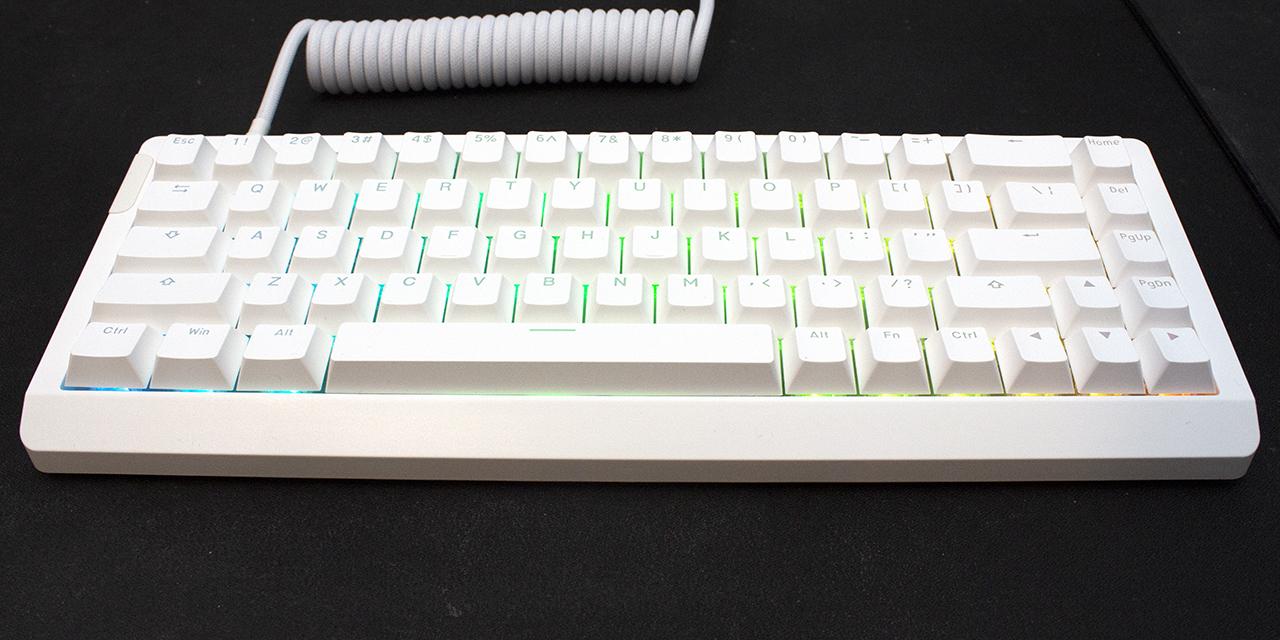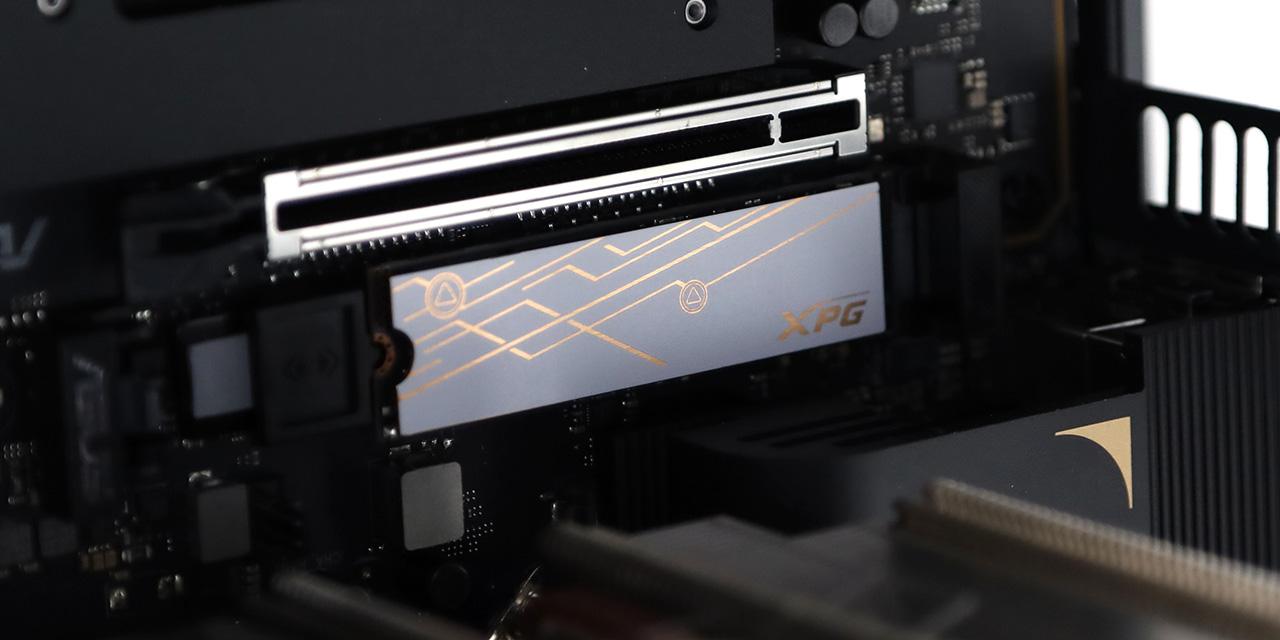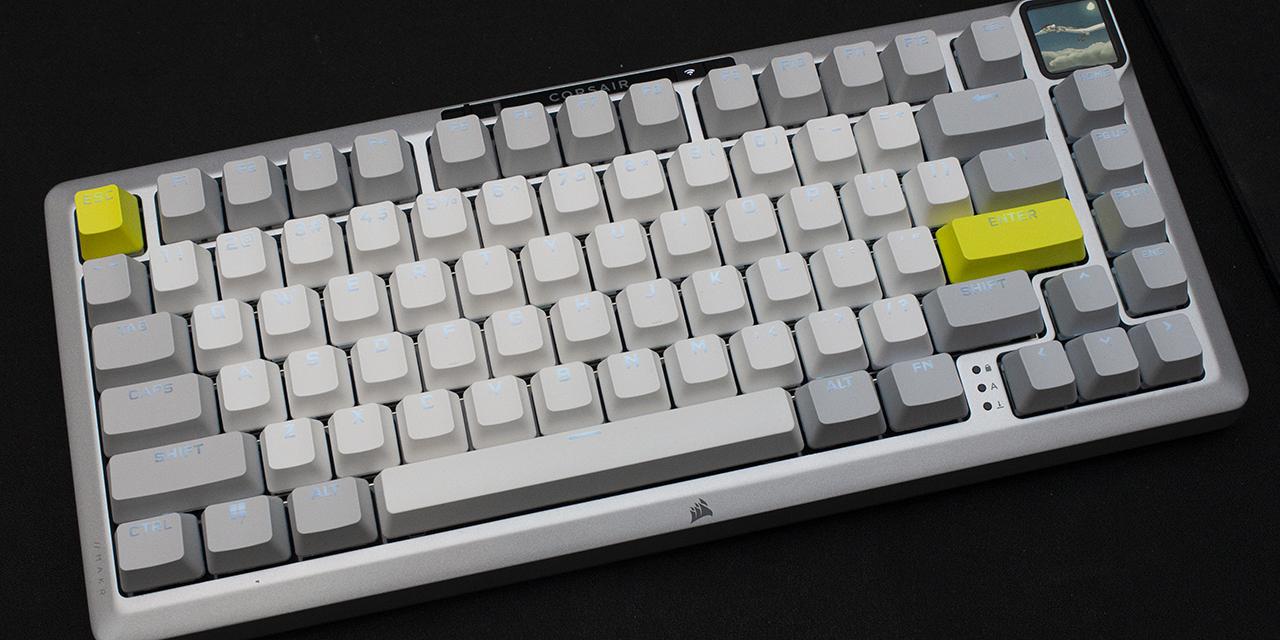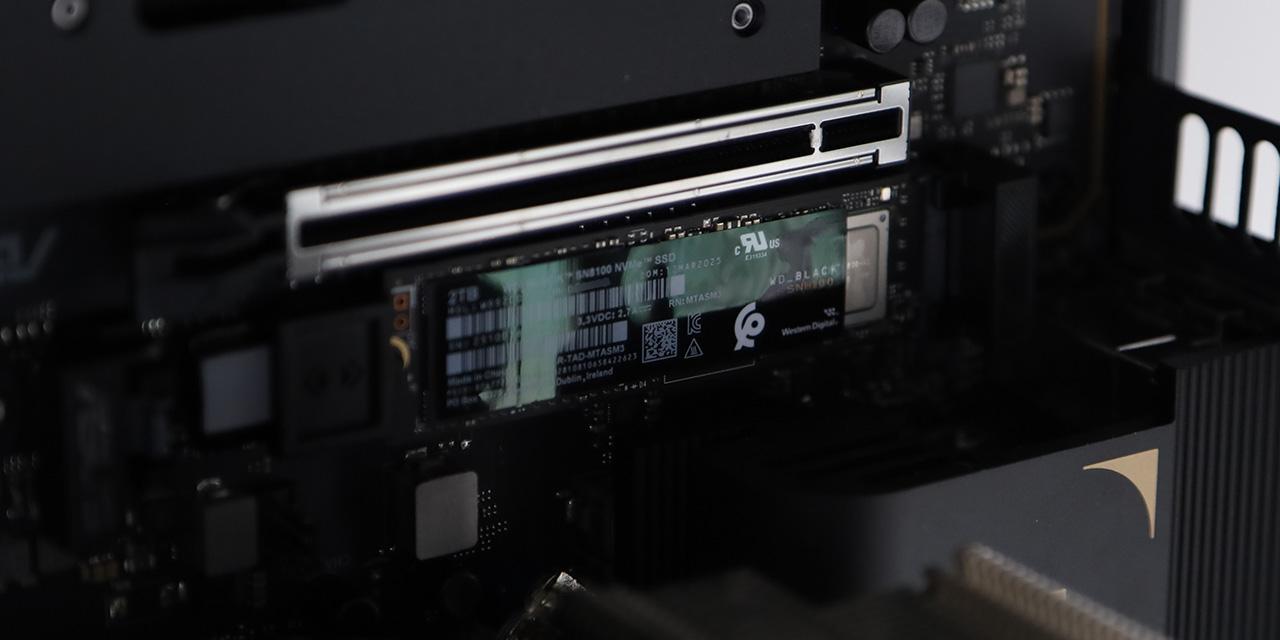|
From X-bit Labs: Intel Corp.'s next-generation graphics core integrated into code-named Ivy Bridge microprocessor will not only bring-in support for DirectX 11 and performance improvements, but will also include support for resolutions that are well beyond full high-definition (1920*1080, FHD) as well as support for decoding of video streams in beyond FHD resolutions. Nowadays most graphics adapters support maximum resolution of 2560*1600 pixels per display (WQXGA), which is considerably higher than full-HD (1080p, FHD), one of the most popular resolutions of our times. However, a number of companies are already working on technologies like quad-FHD (3840*2160, QFHD) and even ultra high-definition (7680*4320, UHD, UHDTV or Super Hi-Vision [SHV]). Cameras and screens capable of filming and displaying QFHD and UHD video are very rare these days, but they do exist: earlier this year Sharp demonstrated a direct-view 85" LCD display capable of 7680*4320 pixels at 10 bpp. Therefore, it is pretty clear that there is a need for support of resolutions higher than WQXGA. With the launch of its code-named Ivy Bridge chips in March-April, 2011, Intel will bring support for 4096*2304 per display resolution (so-called 4K resolution) by a consumer-class graphics adapter. Moreover, the multi-format codec engine (MFX) of Ivy Bridge will support decoding of video in 4096*4096 resolution. While at present there are hardly a lot of 4096*2304 or 4096*4096 videos, Intel believes that it is indeed the future: commercially available professional cameras like Red Digital Cinema Camera Company can capture videos in such resolutions, whereas YouTube announced at VidCon 2010 its support for 4K video. Intel may not be the only company to support 4K resolution next year. Designers of discrete graphics adapters - Advanced Micro Devices and Nvidia Corp. - are also likely to support beyond FHD resolutions shortly as they are usually on the pinnacle of the progress. What remains to be seen is support for QFHD [3840*2160] or 4K resolutions by makers of consumer and professional displays. At present there are just a small number of 27" and 30" monitor models with support WQXGA [2560*1600] and WQHD [2560*1440], resolutions that have been around for over five years now. Nonetheless, Intel probably expects monitors with higher resolutions to emerge sometimes in 2012 - 2013 timeframe. View: Article @ Source Site |
 |
Intel Ivy Bridge's Next-Gen Graphics Core to Support Beyond HD Video Standards
© Since 2005 APH Networks Inc. All trademarks mentioned are the property of their respective owners.





